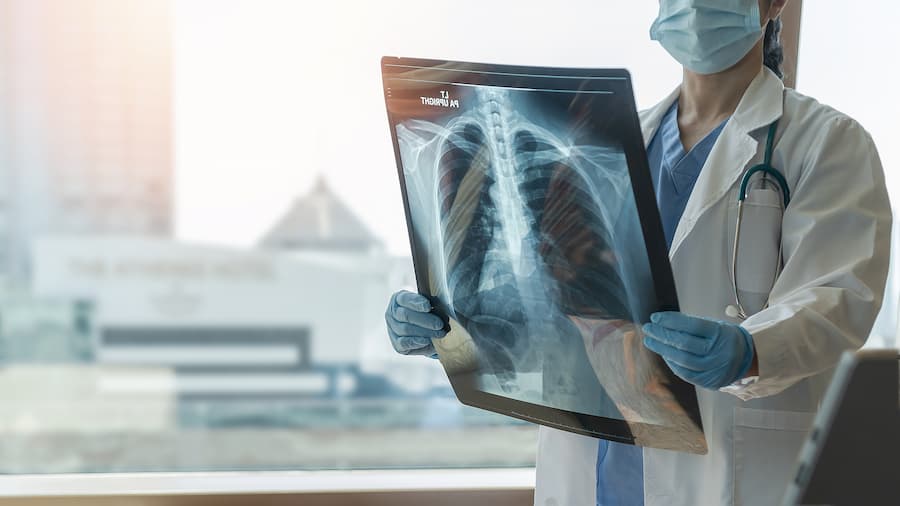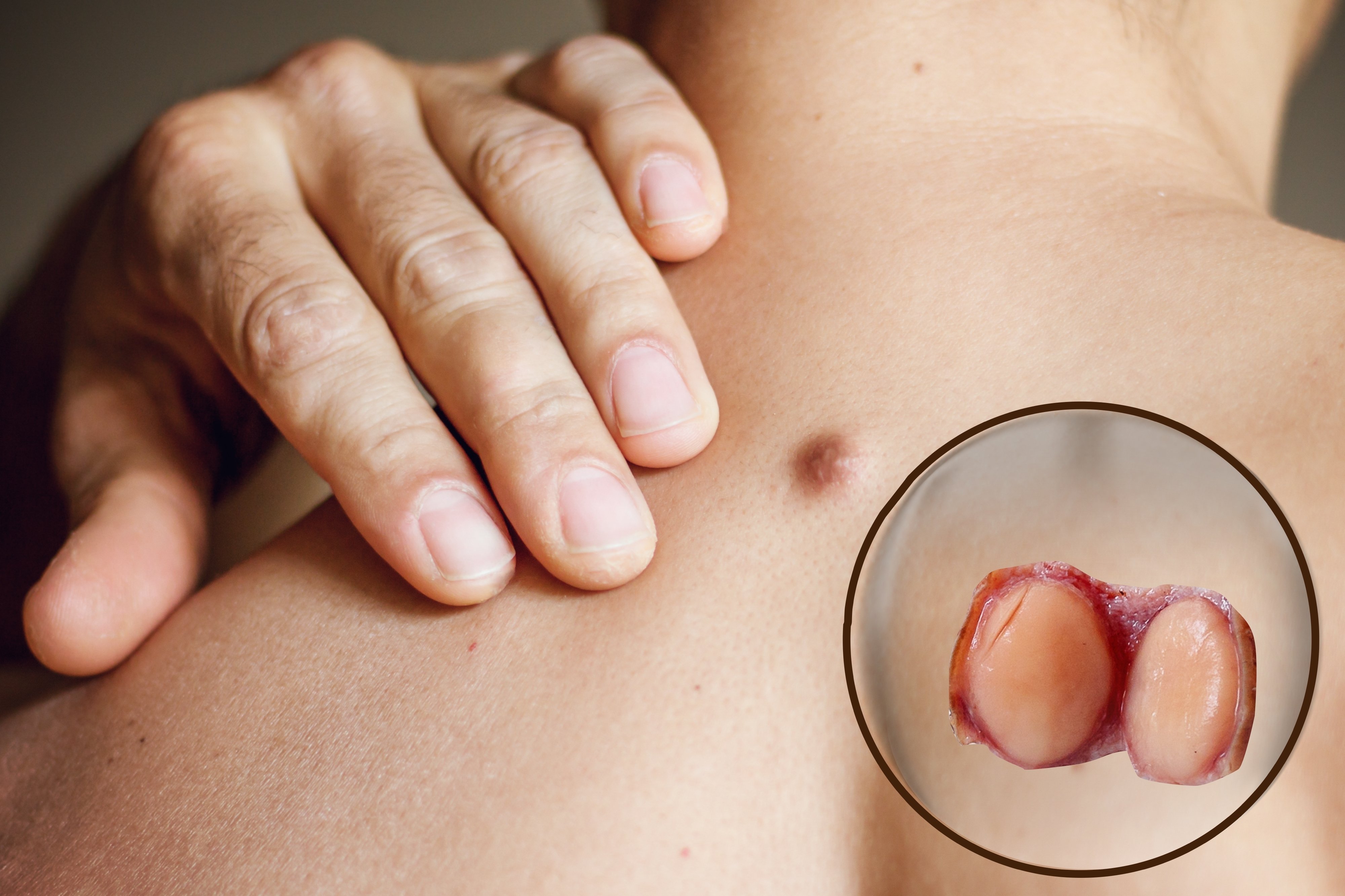September 11 and Childhood Cancers
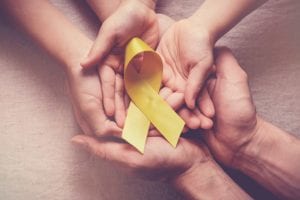 Childhood cancers caused by 9/11 are among the most tragic. IN 2001, there were 29 public schools — elementary, intermediate, and high schools — located in the 9/11 Disaster Area. These students, and even preschool-aged children who lived with their families in the Disaster Area, are among the youngest of the 9/11 victims: Those who happened to be in Lower Manhattan on September 11, 2001, and in the months that followed, because they lived or attended school or daycare there. Some recall sitting in class when they saw the dust cloud on 9/11 and the dust in their neighborhood for months afterward. Others were too young to remember the events of that day at all.
Childhood cancers caused by 9/11 are among the most tragic. IN 2001, there were 29 public schools — elementary, intermediate, and high schools — located in the 9/11 Disaster Area. These students, and even preschool-aged children who lived with their families in the Disaster Area, are among the youngest of the 9/11 victims: Those who happened to be in Lower Manhattan on September 11, 2001, and in the months that followed, because they lived or attended school or daycare there. Some recall sitting in class when they saw the dust cloud on 9/11 and the dust in their neighborhood for months afterward. Others were too young to remember the events of that day at all.
Some students were released safely to their parents only to find themselves left to breathe the dust as their parents tried to help them and others. Many of those students and children have been diagnosed with cancer in the many years since the terrorist attacks as a result of exposure to toxic substances from the World Trade Center dust plume.
If you were a student or child in Lower Manhattan during the September 11 attack or lived or went to school in the area and you have been diagnosed with childhood or any other type of cancer, you can receive free lifetime healthcare services and monitoring as well as tax-free compensation for your illness and its impacts on your life through two federally funded programs.
Read on for more information, and then contact a September 11th health and compensation attorney for more information about your legal options.
What Are Childhood Cancers?
According to the WTC Health Program, cancer in children is a condition that makes 9/11 survivors eligible to receive health care services and compensation from the federal government. Childhood cancers are described as any type of cancer diagnosed in a person younger than 20 years old.
The Most Common Types of Childhood Cancers
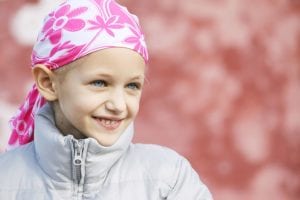 According to the National Cancer Society, several cancers are commonly diagnosed in children, but they are different than the most common cancers diagnosed in adults.
According to the National Cancer Society, several cancers are commonly diagnosed in children, but they are different than the most common cancers diagnosed in adults.
Common childhood cancers caused by the 9/11 dust include:
Leukemia. Cancers of the bone marrow or blood, known as leukemia, are the most common form of cancer to occur in children, accounting for 28 percent of all cancers diagnosed in children. This type of cancer begins in the bone marrow, where new red blood cells are made. As the cancerous cells begin to grow and multiply, they crowd out the normal cells, which causes a shortage of red blood cells, white blood cells, and platelets. This shortage is not only detectable through blood tests, but also produces certain symptoms.
The symptoms of a shortage of red blood cells, which is a condition known as anemia, include:
- Fatigue
- Feeling weak
- Feeling cold
- Dizziness or light-headedness
- Pale skin
- Shortness of breath
A shortage of white blood cells, which help the body fight off germs, produces symptoms such as:
- Increased infections, including infections that recur or that, will not go away
- Fever, which is generally the first sign of an infection but can occur in a child with leukemia even without infection
Platelets are the component in the blood that generally helps a person stop bleeding.
Symptoms of low platelet counts include:
- Easy bruising and bleeding
- Nosebleeds that occur frequently or are severe
- Bleeding from the gums
Brain and spinal cord tumors. Slightly over one-quarter of all childhood cancer diagnoses are for brain and spinal cord tumors, making that the second most common form of childhood cancer. There are several different types of brain and spinal cord tumors, and the symptoms that an individual with these types of cancers will experience depends largely on where in the brain or spinal cord the tumor appears.
Some general symptoms of increased intracranial pressure, which is pressure due to the buildup of cerebrospinal fluid in the brain and is a common indicator of a brain tumor, include:
- Headaches that get worse over time
- Nausea or vomiting
- Crossed eyes or blurred vision
- Behavioral or personality changes
- Difficulty with balanced movement
- Seizures, which are often the first symptom of a brain tumor in a child
- Fatigue, or even coma
- Irritability
- Loss of appetite
- Developmental delays or a drop in intellectual or physical abilities
- Increased head size
- Poor school performance
- Tumors in parts of the cerebrum—which is the large outer part of the brain that controls sensation and movement—can present symptoms of weakness or numbness in part of the body, often only on one side
- Tumors in the part of the brain that controls language can cause problems with the ability to form words or to understand spoken language
- Tumors in the cerebellum—which is the lower, back part of the brain that controls coordinated movement—can result in trouble walking or controlling the limbs
The symptoms of a spinal cord tumor can include:
- Numbness, weakness, or lack of coordinated movements in the arms and/or legs, generally on both sides of the body
- Loss of bladder or bowel control
Neuroblastoma. Neuroblastoma is a form of cancer that develops in immature nerve cells found in several areas of the body including the adrenal glands, the abdomen, chest, neck, and near the spine. This type of cancer occurs almost exclusively in children under the age of five, though occasionally it will appear in an older child. While some children are genetically predisposed to this type of cancer, the cause of it is usually unknown. The symptoms of the disease differ according to the area of the body that is affected.
For example, the symptoms of neuroblastoma in the abdomen include:
- Abdominal pain
- A mass beneath the skin that is not tender to the touch
- Diarrhea, constipation, or other changes to bowel habits
Neuroblastoma in the chest will produce symptoms such as:
- Wheezing
- Chest pain
- Drooping of the eyelids, unequal pupil size, and other changes to the eyes
Other symptoms of neuroblastoma include:
- Lumps of tissue beneath the skin
- Proptosis, which is a condition in which the eyeballs appear to protrude from the sockets
- Dark circles that look like bruises beneath the eyes
- Bone or back pain
- Fever
- Unexplained weight loss
Lymphoma. Lymphoma is a type of cancer that originates in the infection-fighting cells of the immune system. The cells that can be impacted are called lymphocytes and they appear in several parts of the body, including the lymph nodes, spleen, thymus, and bone marrow. There are two types of lymphoma. The most common type to be experienced in adults is known as Non-Hodgkin. However, Hodgkin is the type of lymphoma most commonly experienced in childhood and young adulthood.
The symptoms of lymphoma include:
- Swollen glands—known as lymph nodes—in the neck, armpit, or groin that are painless to the touch
- Cough
- Shortness of breath
- Fever and night sweats
- Fatigue
- Weight loss
- Itching
Rhabdomyosarcoma. Rhabdomyosarcoma, commonly referred to as RMS, is a rare form of cancer that forms in the soft tissues, such as skeletal muscle tissue and hollow organs such as the bladder or uterus. While RMS can appear in people of all ages, it most often affects children.
This type of cancer most often generates in parts of the body such as:
- The head and neck area
- The urinary system, including the bladder
- The reproductive system, including the vagina, uterus, or testes
- Arms or legs
Symptoms of RMS vary, depending on the region of the body where the cancer is located.
For example, if the RMS is in the head or neck area, it can present with symptoms such as:
- Headache
- Bulging or swelling of the eyes
- Bleeding from the nose, throat, or ears
RMS in the urinary or reproductive system can involve symptoms such as:
- Difficulty with urination or blood in the urine
- Difficult bowel movements
- Masses or bleeding in the vagina or rectum
RMS in the arms or legs produces symptoms that include:
- Swelling or a lump beneath the skin in the arm or leg
- Sometimes, though not always, pain in the affected area
Retinoblastoma. Retinoblastoma is a form of eye cancer that originates in the retina. It most commonly affects children. The retina consists of nerve tissue that senses light as it comes before the eye. The retina then sends signals that the brain interprets as images. Retinoblastoma may affect only one eye or can involve both. Because the disease often occurs in infants and young children, symptoms of retinoblastoma are rarely detected.
However, the symptoms you might notice include:
- A white color in the pupil (the dark area in the center of the eye) when light is shined on the eye, such as with a flash when a photo is being taken
- Eyes that appear to be looking in different directions
- Redness or swelling of the eyes
Bone cancer. Bone cancers—including osteosarcoma, chondrosarcoma, and Ewing sarcoma—can appear in any bone of the body. However, these cancers most often appear in the pelvis or the long bones of the arms and legs.
Symptoms of bone cancer include:
- Bone pain
- Swelling and tenderness in the affected area
- Bones that are weak and easily fractured
- Fatigue
- Unintended weight loss
About the WTC Health Program
After the terrorist attacks of 9/11, the federal government began two programs to assist those who were exposed to toxins at the World Trade Center. While these programs struggled throughout the year with funding shortages, they have now been fully authorized and funded until October 2090.
The WTC Health Program provides health care services and monitoring for those who have experienced 9/11-related medical issues, such as childhood cancers. For the other 9/11 victims assistance program, the September 11 Victim Compensation Fund, individuals must apply for the program by submitting a completed application and supporting documentation that proves both the presence of an eligible 9/11-related medical condition as well as the individual’s presence in an affected area where toxic exposure took place.
About the September 11 Victim Compensation Fund
The September 11 Victim Compensation Fund, commonly known as VCF, is an assistance program that provides compensation for wage loss and other expenses associated with 9/11-related medical conditions such as childhood cancers, as well as compensation for non-economic impacts caused by the medical condition, commonly called a pain and suffering award. Individuals who wish to receive this funding can do so by first registering for the program within two years of having a 9/11 cancer or other condition certified by the WTC Health Program.
Registration is not the same as filing a claim, but you must register to reserve your right to file a claim in the future. Filing the claim involves submitting supporting documentation that proves presence in Lower Manhattan between September 11, 2001, and May 30, 2002, as well as authorization of the release of medical records that were submitted to the WTC Health Program for certification of the illness, plus many other detailed legal requirements.
Let an Attorney Help You Understand Your Options
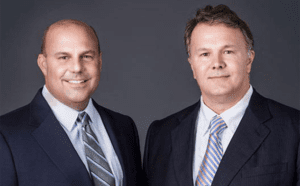 Many people were exposed to the hazardous dust plume and months of fallout from the World Trade Center collapse after the September 11th attack. For the children attending schools or daycares in the area, the federal government set aside enough funding to pay for the profound impacts that these medical conditions have on lives and families.
Many people were exposed to the hazardous dust plume and months of fallout from the World Trade Center collapse after the September 11th attack. For the children attending schools or daycares in the area, the federal government set aside enough funding to pay for the profound impacts that these medical conditions have on lives and families.
If you suffered a childhood cancer (or any cancer) after being in the Lower Manhattan area around 9/11, a 9/11 compensation attorney could help you apply for assistance in these programs. An attorney can help you provide documentation to prove your claims and avoid delays in the assistance you need. There is enough money available for those who lost a family member to childhood cancer that resulted from 9/11 as well. Contact an attorney today.

